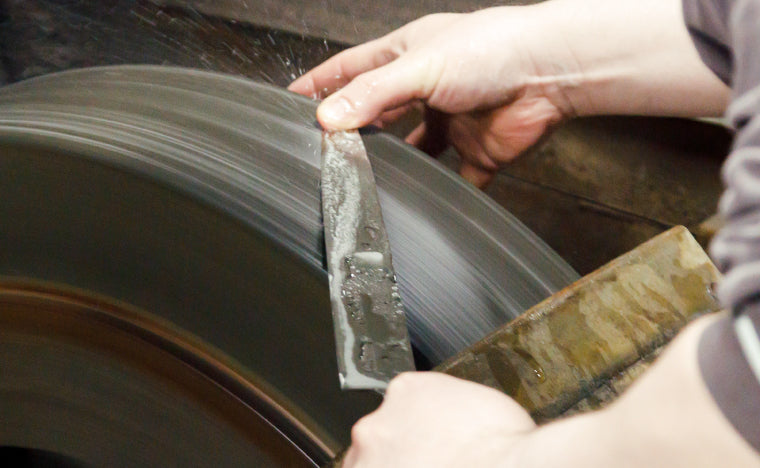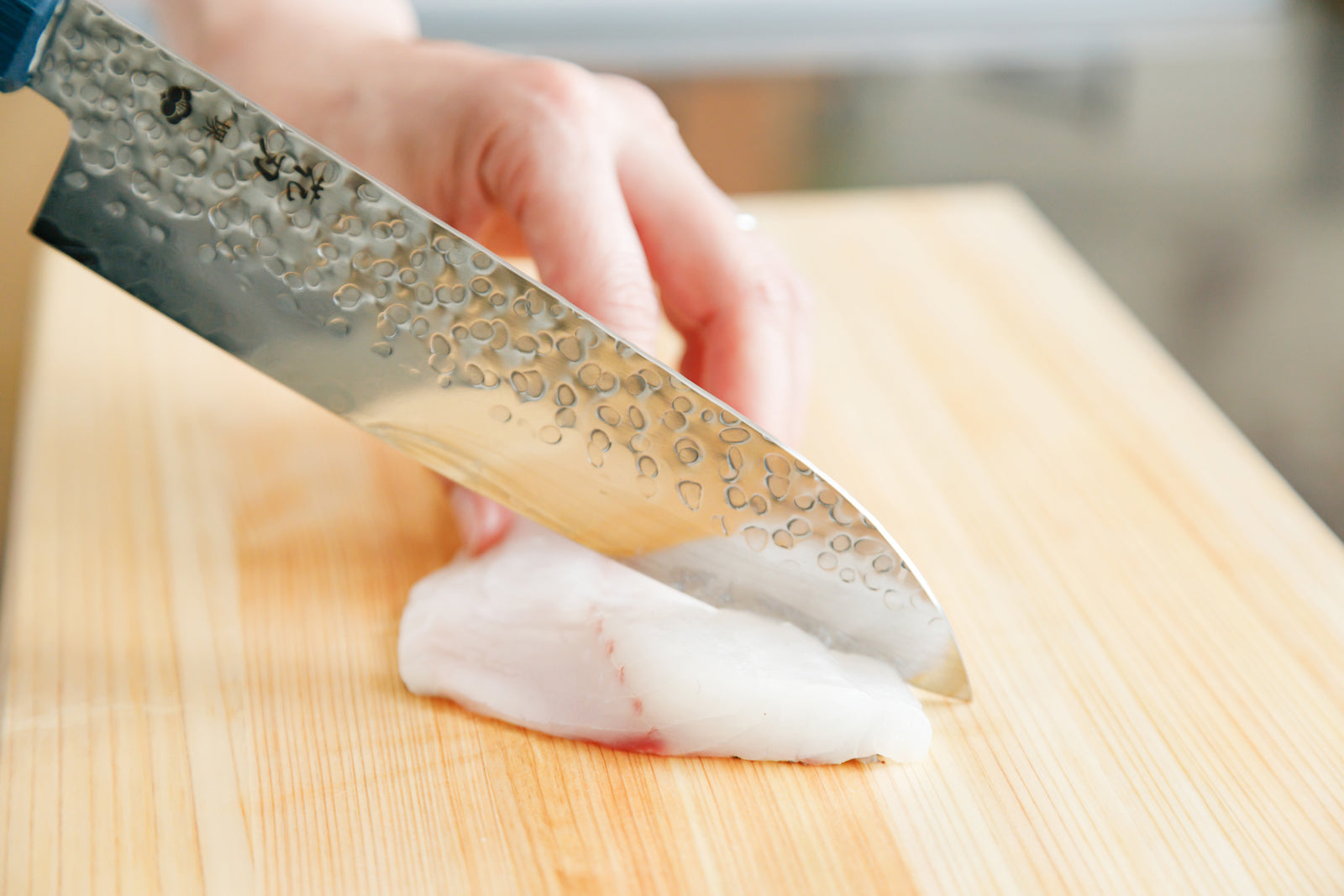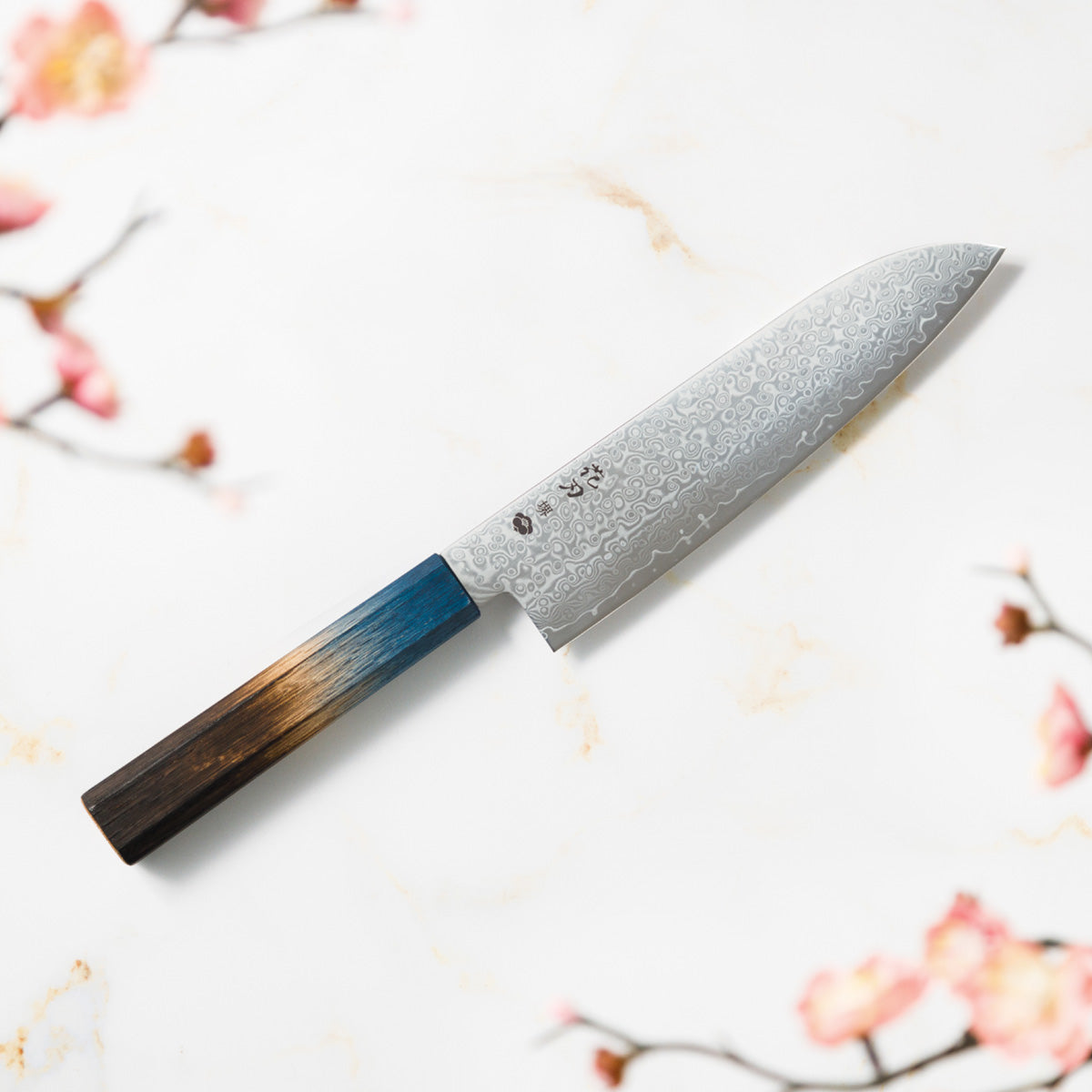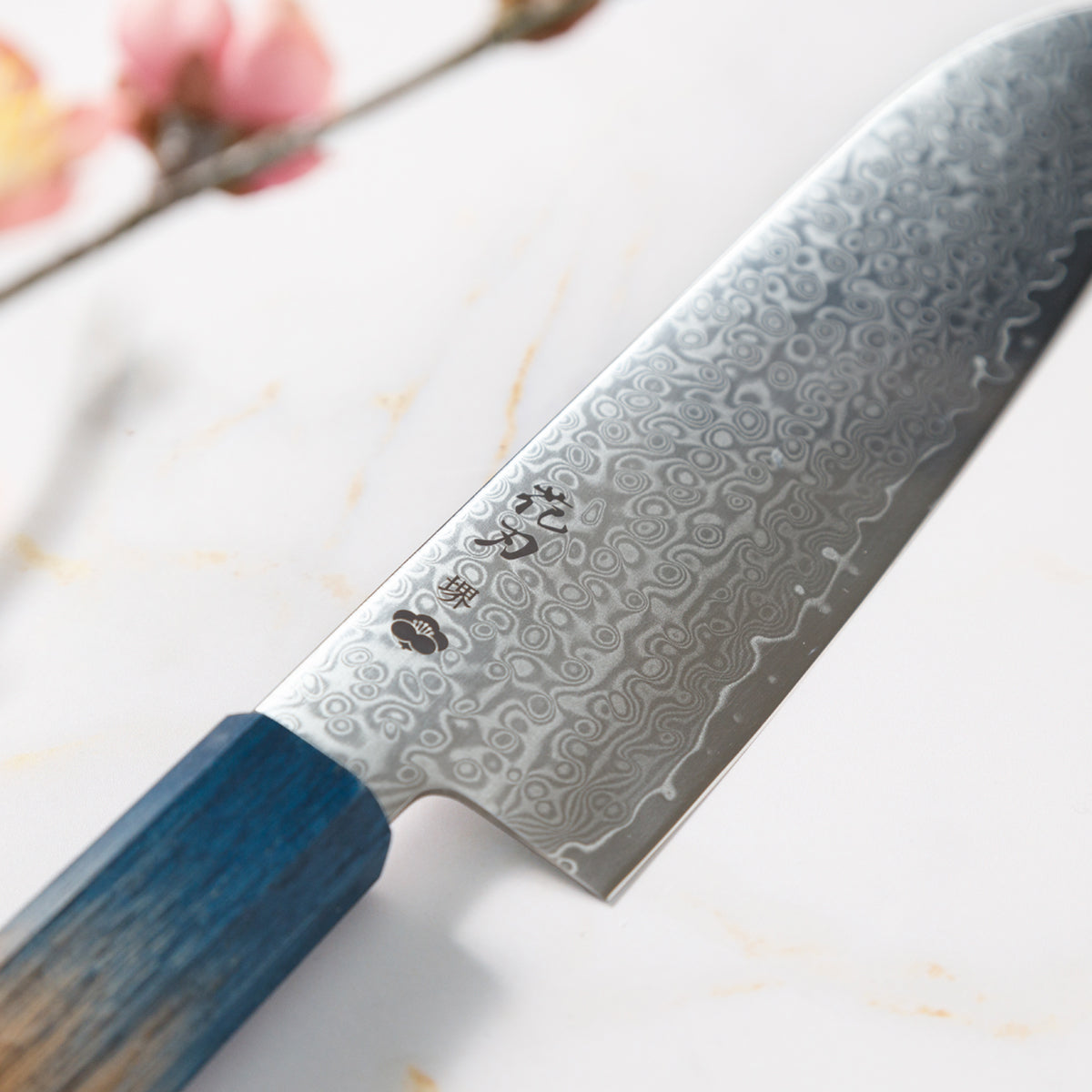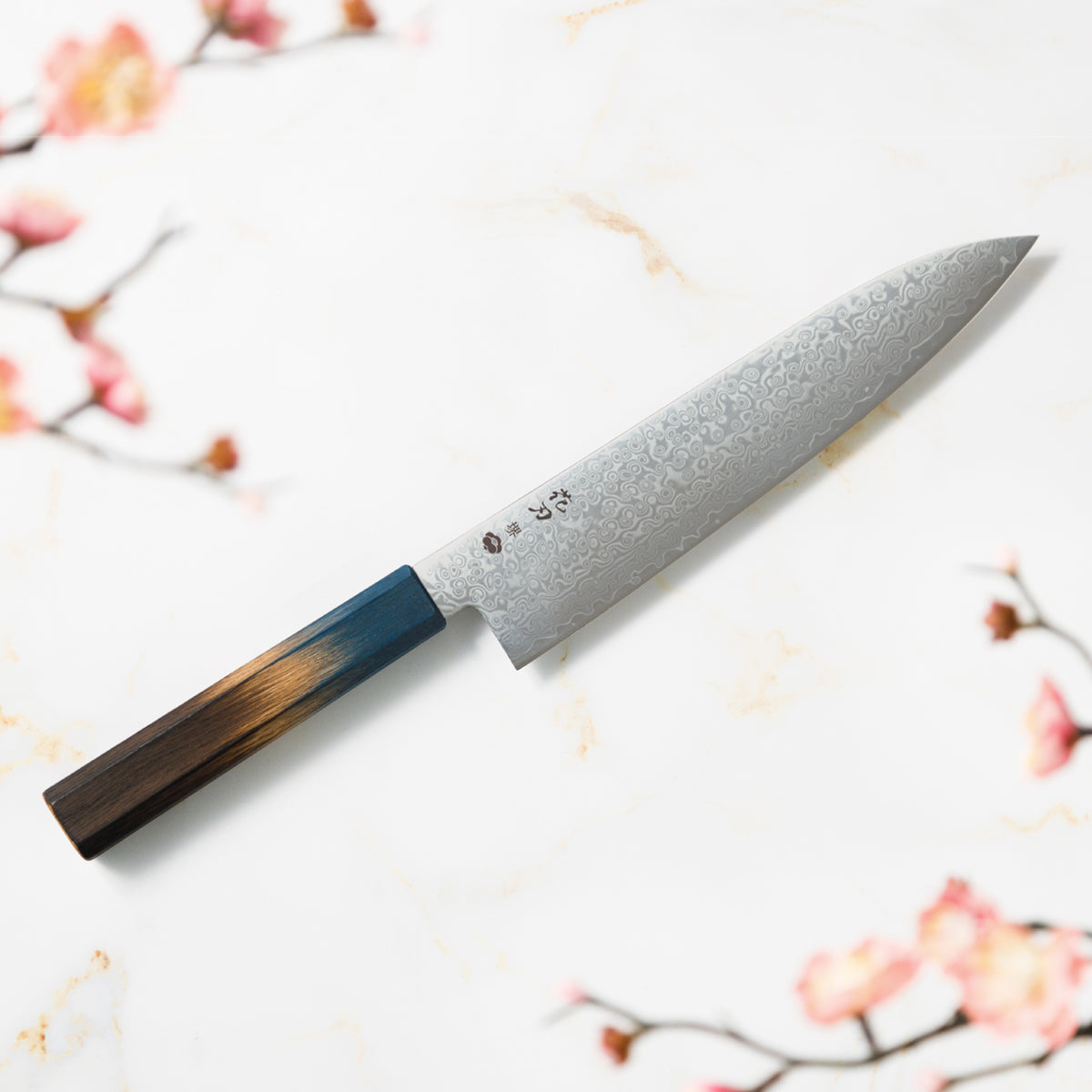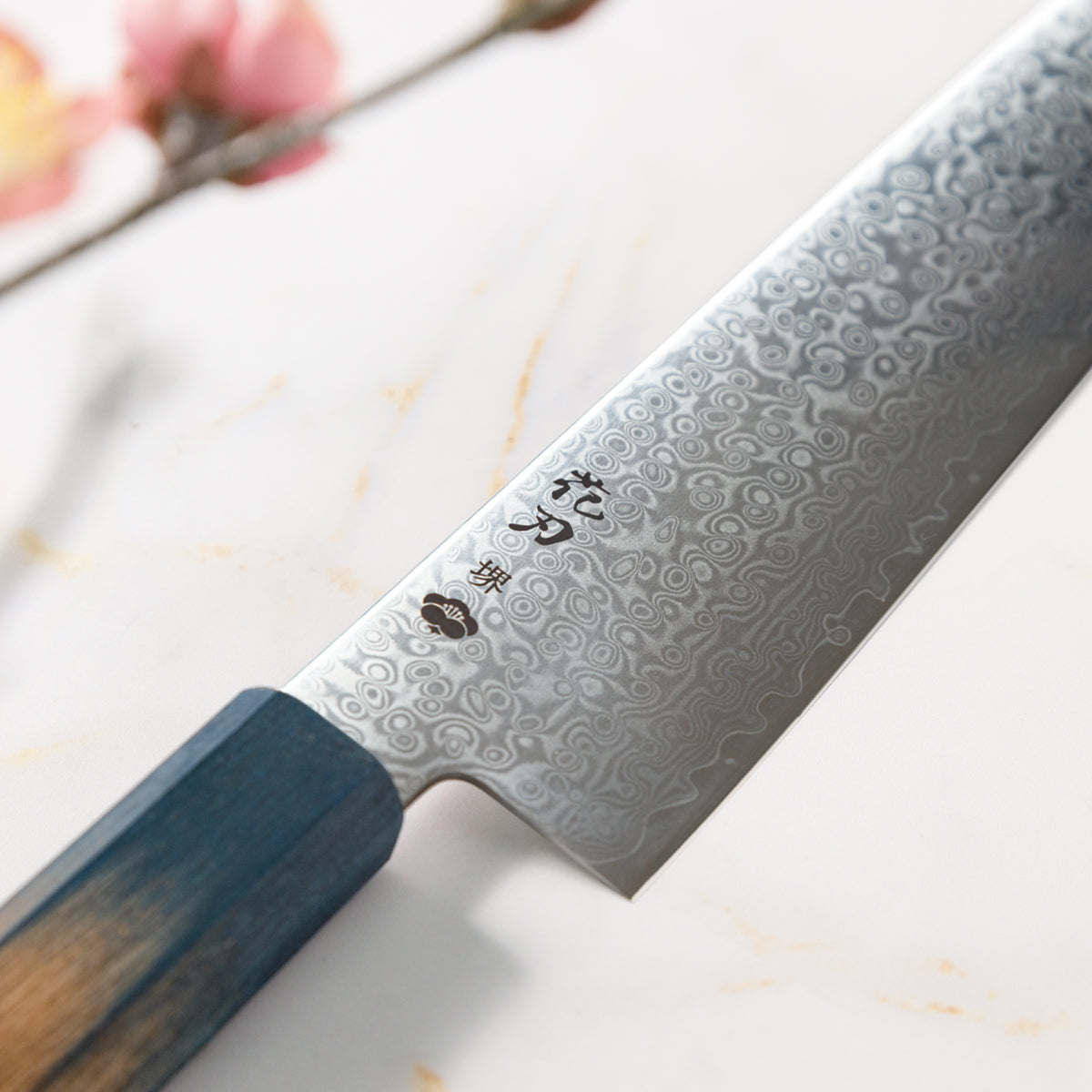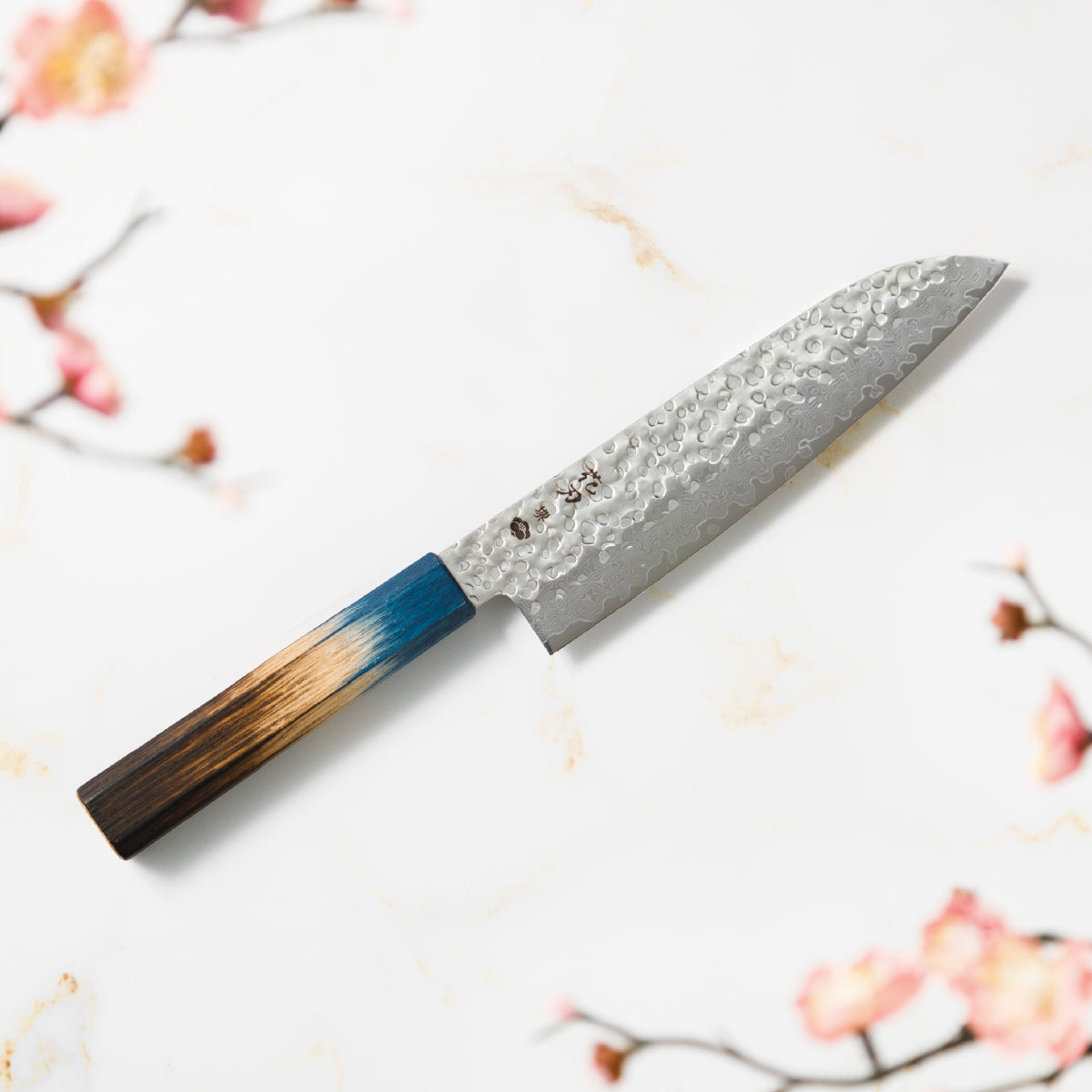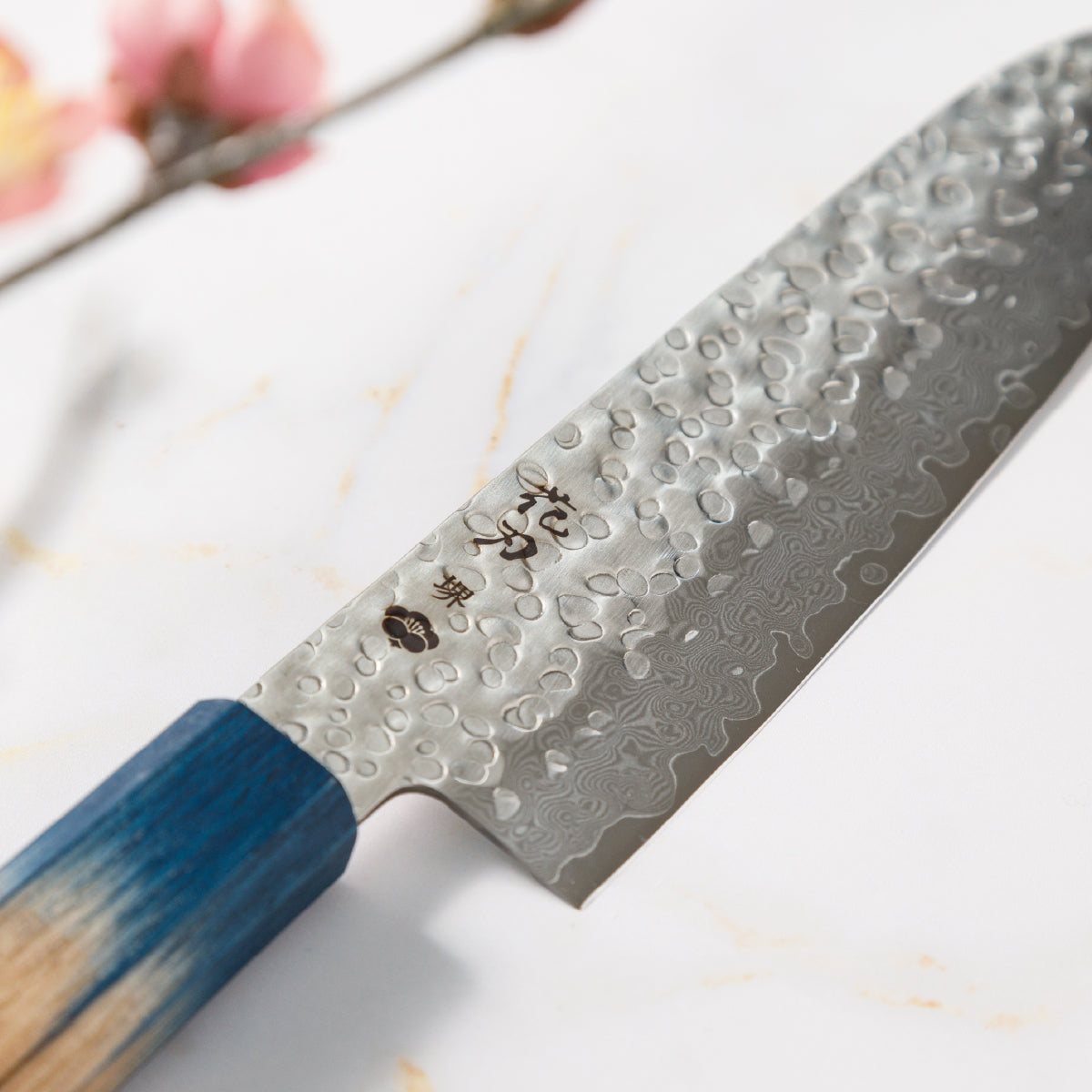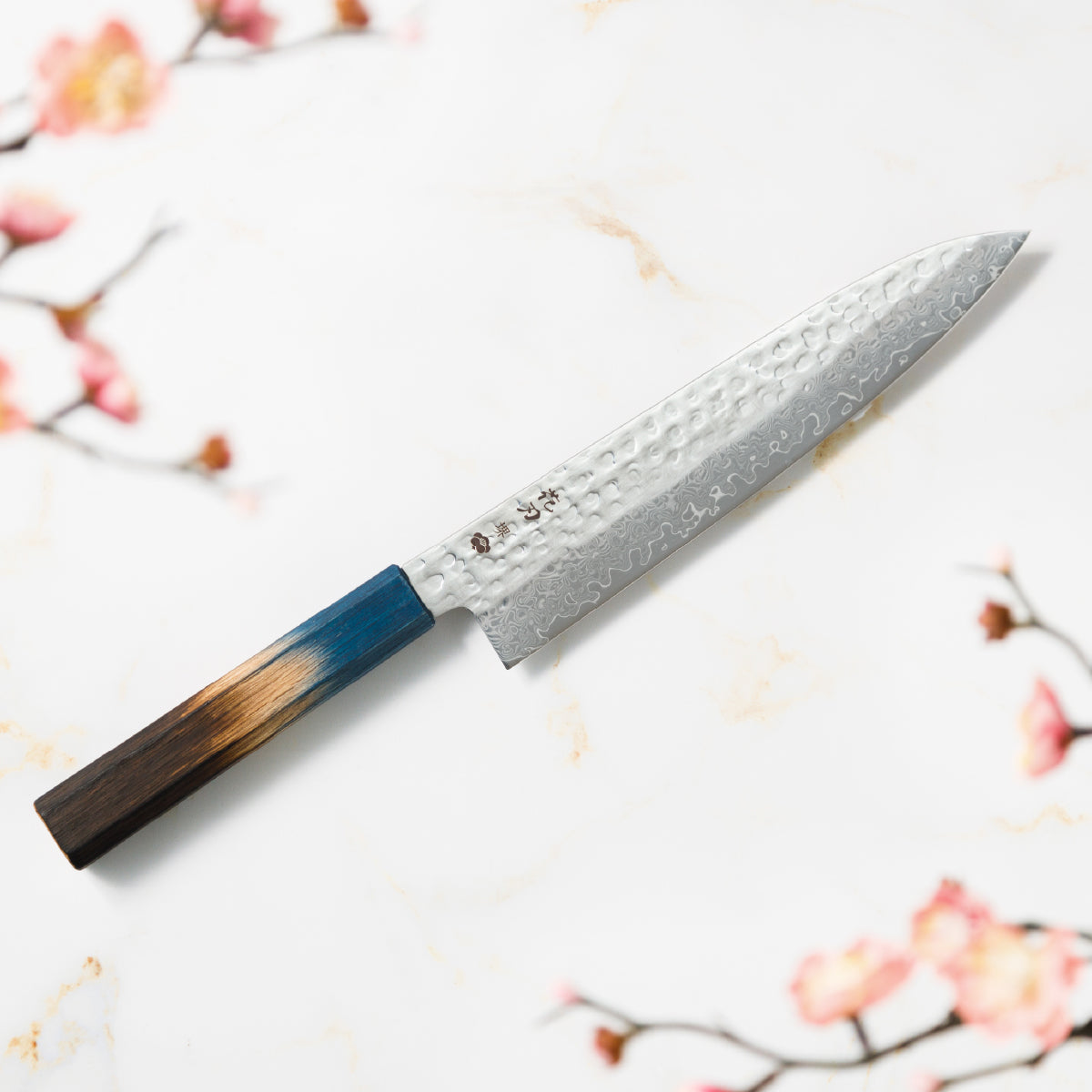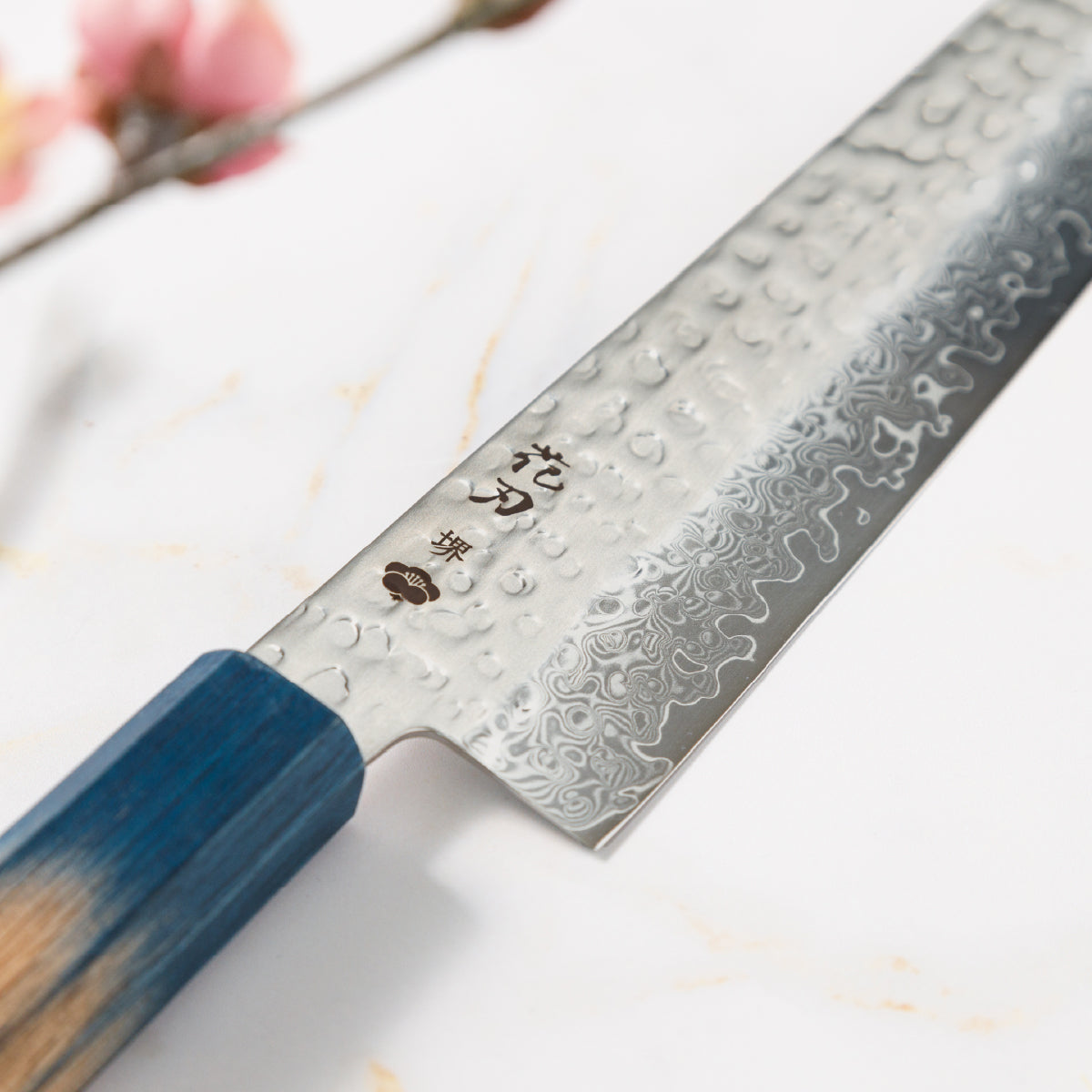
Inside Togishi: The Enduring Craft of Japan’s Knife Sharpeners
The Timeless Craft of the Togishi: Japan’s Professional Knife Sharpeners
 A well-made Japanese knife is more than just a kitchen tool—it's a perfect blend of beauty and function. But it doesn’t maintain itself. When a blade needs expert care, many in Japan turn to a togishi—a professional knife sharpener.
A well-made Japanese knife is more than just a kitchen tool—it's a perfect blend of beauty and function. But it doesn’t maintain itself. When a blade needs expert care, many in Japan turn to a togishi—a professional knife sharpener.
These craftsmen carry on centuries of tradition, often blending hand techniques with modern tools to restore and refine a blade’s edge.
But what exactly is a togishi? And why does their work still matter today? Let’s take a closer look at this fascinating and uniquely Japanese profession.
What is a Togishi?
Historically, a togishi was responsible for polishing and sharpening swords after the blades were forged. The process could take well over 100 hours and involve dozens of specialized whetstones. Togishi were highly respected for revealing the “soul” of the blade through their craftsmanship.
After the Meiji Restoration of 1868, the samurai class was abolished and sword ownership restricted, pushing many swordsmiths and polishers to shift toward kitchen knives and tool work.
Today, togishi often apprentice under a master for 10–15 years. Their work isn’t just about sharpness—they must master steel composition, blade geometry, whetstone varieties, and especially the aesthetics of finish and balance.
In both traditional and modern kitchens, their craft remains essential.
A Day in the Life
Togishi spend their days sharpening knives of all types. While the average person might see two chef’s knives as identical, a togishi sees something more—a unique blade that requires unique care.
Many togishi work in Japan’s traditional knife-making hubs—like Sakai, Seki, and Tsubame-Sanjo—where they sharpen blades crafted by local blacksmiths and uphold regional traditions.
Though many knife sharpeners work across Japan, a classically trained togishi is a cut above. It’s increasingly common for top-level togishi to form partnerships with individual chefs or high-end restaurants, serving as their dedicated sharpener.
Others work independently, taking private commissions—with waitlists that stretch months or even years. Knife collectors often seek out these experts, entrusting them with the care of prized pieces time and again.
More recently, many togishi have taken to social media, demystifying their craft and sharing the intricacies of sharpening with a global audience.
Komari Japan: Tradition Meets Quality
At Komari Japan, we honor the togishi tradition by offering expertly crafted knives such as our Hanaha series—designed for both professional and home chefs. Our knives are made with high-quality steel and precision edges that respond beautifully to proper care and sharpening.
Whether you’re a seasoned chef or just starting out, pairing your knife with proper maintenance is key to unlocking its full potential.
Sharpening Your Own Knife: Practical Tips for Home Cooks
While the art of togishi sharpening is a highly specialized craft requiring years of training, maintaining your knives at home doesn’t have to be complicated.

Our professionally produced sharpening guide offers straightforward, easy-to-follow steps to help you keep your knives sharp and ready for daily use. It’s a perfect starting point for home cooks who want to extend the life and performance of their blades between professional sharpenings.
Of course, you might wonder why anyone would pay for professional sharpening with so many tools and tutorials available. The truth is, a skilled togishi can achieve a level of sharpness, precision, and edge retention that’s hard to match at home—especially with high-end knives.
For everyday knives, however, learning to sharpen on your own is a practical, rewarding way to keep your kitchen running smoothly without the wait.
Ready to give it a try? Visit our Knife Sharpening Guide for a step-by-step walkthrough—and see just how easy it is to go from dull to razor-sharp.
Komari Simple Tips: 3 Signs Your Knife Needs Sharpening
-
It slips off tomato skin instead of slicing through.
-
You have to press harder than usual to cut through ingredients.
- You start avoiding it, reaching for a different knife.
